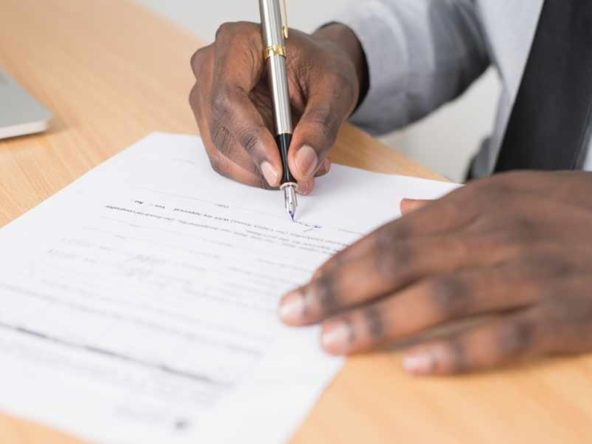In a nut shell, the procedure to be followed in the registration of an Instrument creating a Charge is as follows: –
- Conduct of an official search over the particulars of the title to the property to be charged so as to ascertain ownership and the nature of any encumbrances that may exist over the property.
- Drawing up of the Instrument of Charge.
- Execution of the Charge. The Charge is executed by both the Chargor (the person who owns the property being charged) and the Chargee (the lender in whose favour the Charge is created). In certain instances, there will be 3 signatories to the Charge as is the case where the Chargor (the owner of the property over which a Charge is to be created) and the person to whom the funds are lent (borrower) are distinct persons and are hence required to execute the charge together with the Chargee.
- Obtaining all the necessary consents and clearances to enable the registration of the Charge. In this regard, where land is held under leasehold tenure then the consent of the Lessor to the Charge is required together with a Land Rent Clearance Certificate. Where the Charge is over agricultural land then the Consent of the Land Control Board is required. Where the land is situated within a municipality and land rates are payable then a Land Rates Clearance Certificate would be required to be issued by the Local Authority within which the property is located.
- Assessment of the instrument to stamp duty and payment of the assessed stamp duty. Presently stamp duty payable is 0.1% of the lent amount.
- Lodging of the Charge at the Lands Registry for stamping.
- Registration of the charge at the Lands registry upon payment of a standard registration fee. The Charge is accompanied by the original document of Title to the property to be charged so as to enable the making of an endorsement on the said title document indicating the existence of the Charge as an encumbrance over the property.




